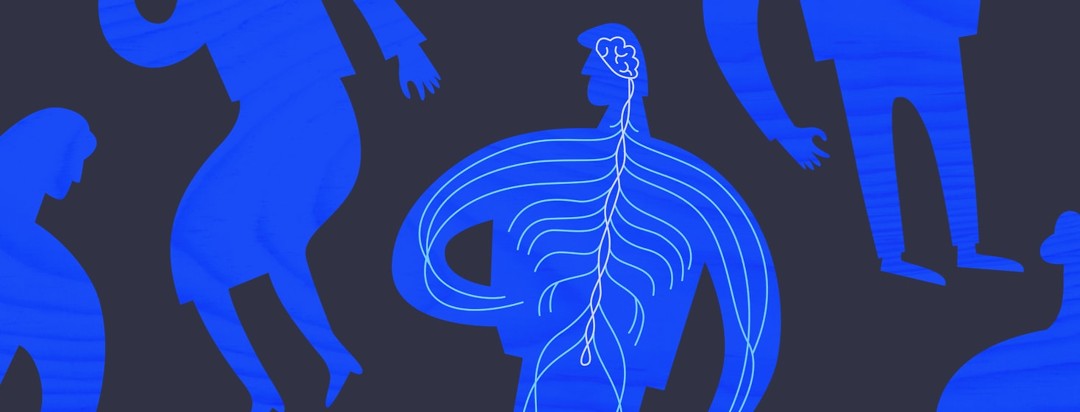Primer on Parkinson's: Back to the Basics
When I received the news of my Parkinson's diagnosis, I had done enough of playing "Doctor Google" that it didn't come as a total surprise. Nonetheless, it was an emotionally difficult conversation with my movement disorder neurologist (not an informal first meeting). As I was leaving my neurologist's office and heading back to my office in the medical school, I thought of Walter Cronkite. Really? Yes. If you are near my age, you probably grew up with the family listening and watching Walter Cronkite on TV each night. And no one moved or breathed it seemed until he closed with his signature sign-off of "And that's the way it is," followed by the date of the broadcast. What I needed from my neurologist, to help me breathe again, was to hear that iconic phrase of Walter Cronkite: "And that's the way it is on March 11, 2014. Frank, you've got Parkinson's."
A primer on Parkinson's
A primer gets you ready for what comes next. What I would like to do over the next few blog posts is to start over. What? Yes, I'd like to go back to that first conversation you had with the neurologist. You likely left with a list of medical terminology to explain what was going on. Why go back? Because it is important that you understand some of these terms, but not so you can keep up with your neurologist. And it's important that you can understand your symptoms to be able to explain them to your family, friends, and colleagues. Learning (or re-learning) about Parkinson's gives you knowledge and insight, which is valuable in your journey with this disorder. Think about this comment from David Nicholls, “This is where it all begins. Everything starts here, today.”
Parkinson's is a neurodegenerative disease
Let's go back to the start, okay? Okay, let's go. The central nervous system (CNS) directs and controls the diverse functions of the body. In humans, the CNS is made up of the brain and the spinal cord. There are hundreds of disorders that afflict the nervous system. Neurodegenerative disorders are diseases that primarily modify brain cells called neurons. These disorders are characterized by progressive nervous system dysfunction. Neurodegenerative disorders result in damage and death of neurons in brain tissue. This will lead to difficulties either with movement (ataxia) or with mental functioning (dementia). Neurodegenerative disorders can modify several of our body's activities, including balance, movement (walking, gait), tremor, talking, swallowing, digestion, sight, hearing, breathing, and heart function.
Some of the most common neurodegenerative disorders (listed alphabetically) include Alzheimer's disease, Amyotrophic Lateral Sclerosis (ALS), Huntington's disease, and Parkinson's disease. Clearly, these disorders contribute to our overall economic burden of the health care system, and they definitely add to our morbidity (illness) and mortality (death). Try to follow the advice of U.S. Senator Johnny Isakson, “With Parkinson’s, you have two choices: You can let it control you, or you can control it. And I’ve chosen to control it.”
Describing Parkinson’s disease
Neurons, a type of cell, are considered the workforce of the brain. Parkinson's start from the loss of neurons in the substantia nigra region of the mid-brain. These neurons synthesize the neurotransmitter dopamine. And what are neurotransmitters again? Neurotransmitters are naturally-made substances that send messages from either one nerve cell to another nerve cell or from nerve cells to muscles.
An analogy for having dopamine versus not having dopamine could be how our cities use sand to help us navigate during winter snow storms. Applying sand provides traction as we drive and walk on frozen roads and walkways, respectively. No sand on the icy sidewalk means a much more challenging walk. Likewise, reduced dopamine challenges the human body. Dopamine interacts with our CNS and our body in many ways, but a primary function of dopamine involves movement. For most of us, Parkinson's presents mostly as a movement or motor disorder (rigidity, slowness of movement, postural instability, and resting tremor).
Parkinson's in the near future
In future blog posts, I'd like to present the motor-related symptoms and non-motor-related symptoms of Parkinson's. Some of these symptoms and terms you may already have heard because they may already describe some of your symptoms.
Interestingly, many of these symptoms may never apply to your Parkinson's. What? Why? If you had ten people with the flu together, they'd likely describe virtually the same symptoms over and over again. By contrast, if you put ten people with Parkinson's together, we may have some similar symptoms, but overall we may be very different from the first person to the last. Therein lie both the mystery and complexity of our disorder. Remind yourself there is always hope, read the words of Emil Brunner, “What oxygen is to the lungs, such is hope to the meaning of life."
Read part two here.

Join the conversation